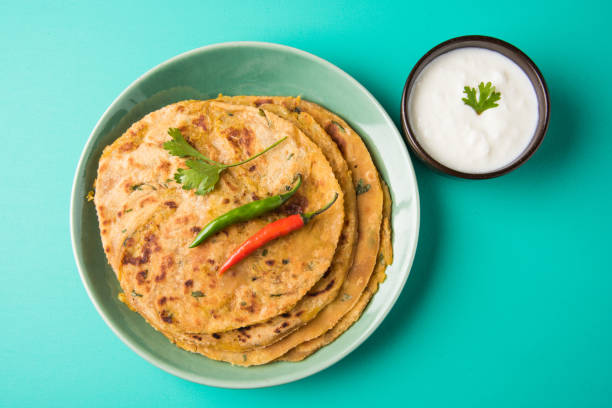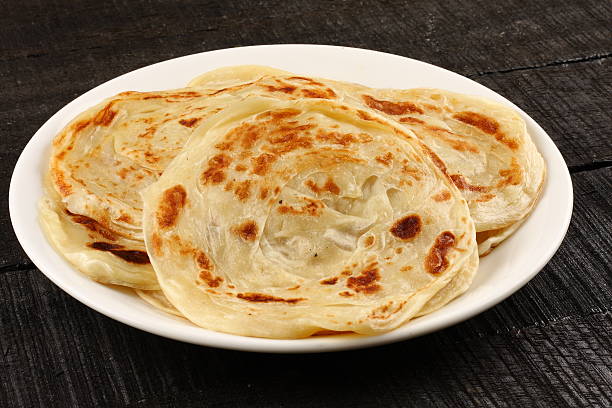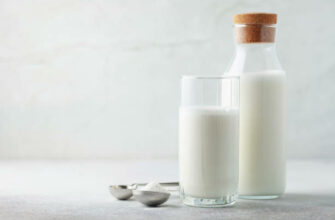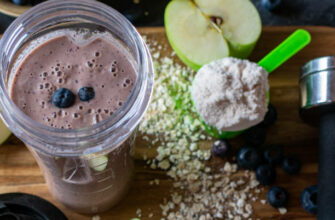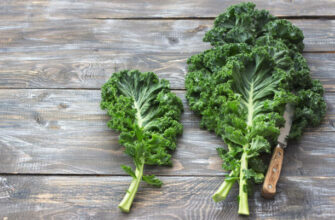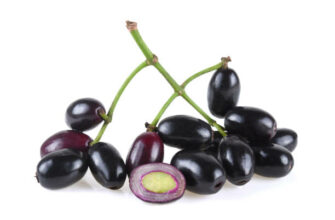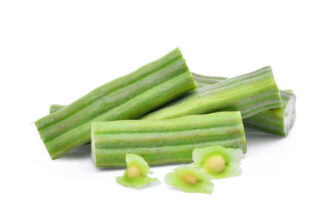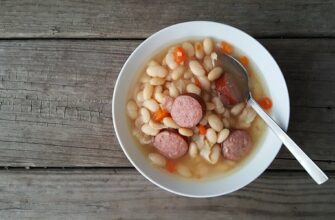Paratha, a popular Indian flatbread, is made from wheat flour, oil, and water. The dough is rolled out into a flat circle and then cooked on a griddle. It is often served with curries, chutneys, or pickles, and can be enjoyed for breakfast, lunch, or dinner.
Nutritional Value of Paratha
When it comes to nutritional value, parathas are a good source of carbohydrates, providing energy for the body. They also contain small amounts of protein, fat, and fiber. However, the nutritional value of parathas can vary depending on the ingredients and method of preparation. For example, parathas made with whole wheat flour will have a higher fiber content than those made with refined flour. Additionally, the amount of oil used in the cooking process can affect the fat content of the parathas.
Is Paratha Healthy for You?
One serving of paratha (around 100 grams) contains around 200-250 calories and around 8-10 grams of fat. While it is a good source of carbohydrates and some vitamins and minerals, it is also high in calories and fat. It’s important to be mindful of portion sizes and to balance it out with other healthy foods in your diet.
Parathas can also be prepared with various fillings such as vegetables, paneer, or meat. These fillings can add extra nutrients to the parathas, such as vitamins and minerals from vegetables, and protein from paneer or meat. However, it’s important to note that if the parathas are deep-fried or cooked in excessive oil, the added nutritional value may be negated.
In conclusion, parathas can be a healthy part of a balanced diet when consumed in moderation and prepared with whole wheat flour and minimal oil. It’s also a good idea to add a variety of fillings such as vegetables, paneer or meat, to increase the nutritional value. However, it’s important to be mindful of portion sizes and to balance it out with other healthy foods in your diet.

 Home
Home Health
Health Diet & Nutrition
Diet & Nutrition Living Well
Living Well More
More